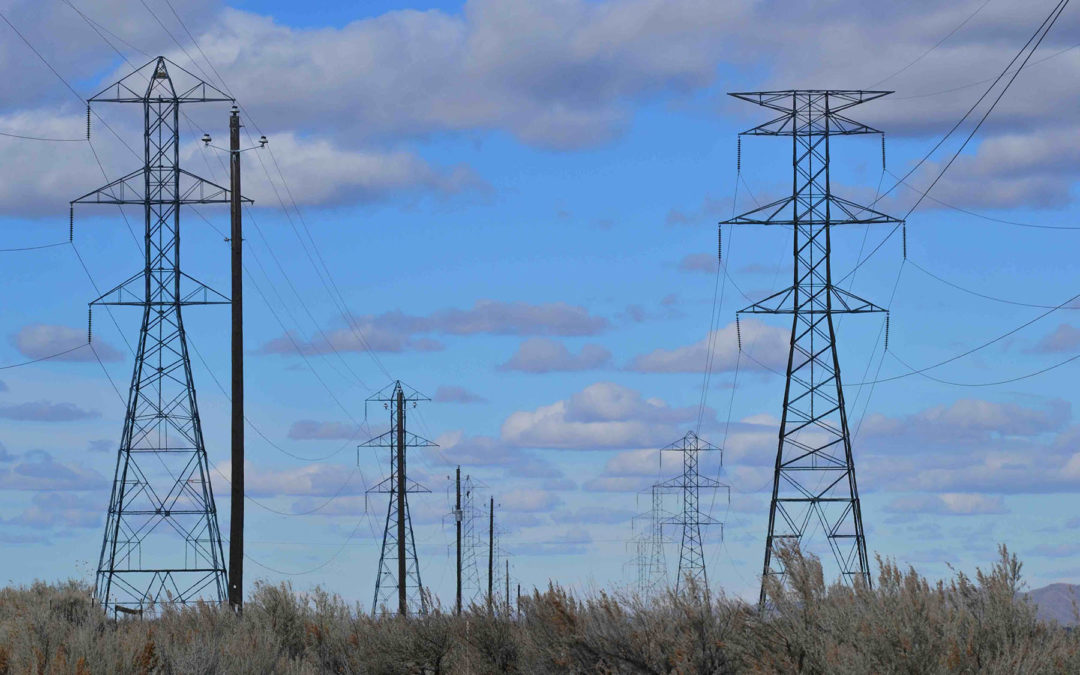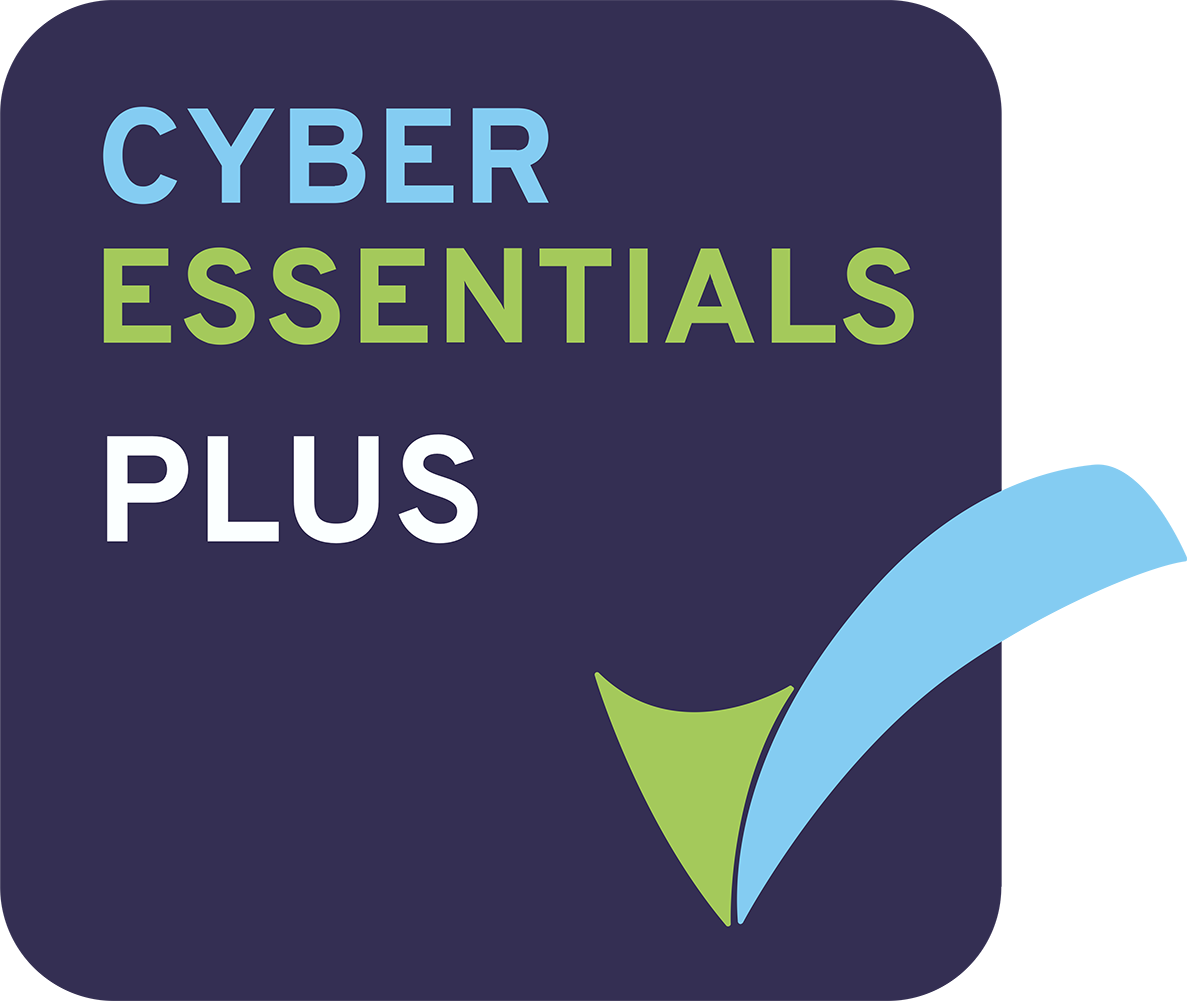With the evolving and changing landscape of the energy market, one aspect which has heralded little formal response to date, is the change of DuoS charging by all electricity networks from April 2021.
This is a key part of the Targeted Charge Review aimed at changing the charging model to facilitate the move toward increasing renewables, storage, embedded generation and seeks to maximise capacity usage.
The DuoS changes have been deemed necessary since Ofgem and the electricity networks see the future bottlenecks in the network, not caused by larger industrial and commercial sites, but by smaller sites impacted largely by electric vehicles.
To dissuade energy usage at peak times usually between 4-7pm, apart from the London area where there is an additional peak time between 11am-2pm, networks are applying time of use (ToU) charges to small end users of power for the first time.
Let’s look at a couple of scenarios.
Scenario 1 – I am a householder and have no smart meter in the London area
I will be charged based on my deemed profile class 1. This year, in accordance with the scheme my household has been charged a flat rate of 2.181p per kWh irrespective of the time of day. From April 2021 I will be charged for my peak energy usage by 9.694p per kWh, more than double the cost of a large consumer of energy in the London area. In this scenario, if I am a consumer not using power at these times, then I will be charged for a ToU capacity that I am not actually using. Alternatively if I consume a lot of power during these times, I will benefit from my contract however with the move to smart meters being installed, the industry mandates settlement using half hourly derived data. In this case we will see increasing use of agile tariffs to encourage load shifting to accommodate customer energy usage, though this type of pricing structure could be up to two years away.
Scenario 2 – I am a householder with an electric vehicle, a smart meter which is half hourly settled
I live within the UK Power Network (Eastern) area where the network will charge my supplier, not me, on a ToU basis. Here, my network cost is fixed at 2.194p per kWh however when the changes occur, my peak cost will change to 15.577p per kWh. If I do not consume power during the red zone time band, I will make considerable network savings but only if I have a ToU reflective contract with the supplier. If I do not, then this saving will be unrealised. Conversely, if I decide to charge my vehicle everyday between 4-7pm then my supplier is very likely to be out of pocket with a fixed price contract and will be keen to charge the true DuoS tariff (if they are able to) on a pass-through basis. In the London area, both domestic and smaller power customers (profile class 3) are incurring time of use costs more than double of those being charged by large industrial and commercial loads.
What to consider moving forward
Energy consumers should carefully select their electricity supplier based on their ability to charge network fees on a time of use basis. But perhaps more significantly energy suppliers’ contracts with existing price offers beyond April 2022/23, when HH settlement is to be universally imposed to all customers, are likely to be either in or out of the money on a significant basis and should look to improve their customer profiling before signing up a customer. With electric vehicle purchases tracking beyond those of diesel cars, there is likely to be a need to efficiently provide usage which matches consumers to the most effective and behaviour rewarding products . Finally, for small businesses who have already suffered significantly through Covid 19, electricity supply charges are likely to increase overall however you can look at work patterns and technology which reward you for optimising your usage pattern in harmony with the emerging system.
For further information on how we can help you track and monitor your network charges, please contact Vanessa Adams at [email protected]



